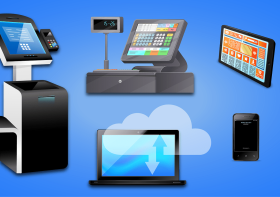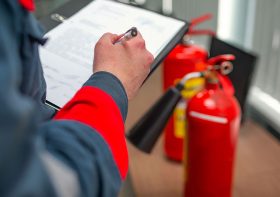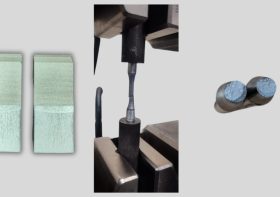Understanding the Various Modes of Communication Used By Citizens Band Radio Sets
Considering the myriad options people have when they want to get in touch with each other these days, it’s easy to assume that CB rigs aren’t going to be high on anyone’s list. However, as soon as cellular networks go down or get overloaded with calls, CB sets quickly prove to be vital devices. In order to serve the greatest number of potential users, modern CB equipment offers several ways to stay in touch with others.
As a result, two-way radios have found their way into countless situations. Small business owners can use them to communicate with staffers in the field, while bigger companies might turn to them as an important second line of communication. Companies like CB Radio Supply have stocked numerous high-tech CB Radios that continue to remain competitive with other technologies.
Defining a Communications Mode
Message encoding systems, better known to CBers as modes, are a way to turn voice messages into something that can be sent over the radio. Amplitude modulation is perhaps the single best-known of these, and it’s the same system used by standard AM broadcast outlets as well as numerous shortwave stations. This simple technology converts sounds directly into electrical voltages, which turn back into sound through a speaker on the other end.
Nearly everybody who has a CB set can use AM on all 40 channels, but some of the other modes may be more attractive for specific use cases.
Frequency Modulation CB Signals
New CB rigs include the option to communicate with FM technology, which is closely related to the mode that’s used to broadcast music on commercial radio. Since FM receivers capture a strong signal and reject everything else on a channel, it’s usually a better option for anyone who wants to communicate with other local stations. The audio quality on FM is much better than what would be offered by any other option.
Single-Sideband and Carrier Wave
So-called SSB transmissions are made up of half the information that would normally be found in a standard AM signal. This gives CBers the option to split any of the 40 channels if necessary since two SSB signals can fit in the space provided by a single AM one. Narrower signals tend to travel further as well since it’s possible to push more electrical power into them as a result of their smaller bandwidth.
While that’s made SSB the most common mode for people who are serious about talking long distances on the conventional 11-meter wavelengths used by most CB radios, 10-meter ham radios that transmit carrier wave signals on slightly shorter wavelengths are popular with licensed operators. These use interrupted bursts of high-frequency energy to send out telegrams using Morse code, which is still a highly efficient means of communication in spite of its apparent age.
Picking the Right Gear for the Job
Hobbyists, individuals, and even business users will all have different needs, so it’s important to invest in the right kind of radio for the job. Depending on their goals, CBers will also need various pieces of test equipment, such as standing-wave ratio meters and frequency counters. CB Radio Supply offers radios, mounting brackets, antennae, and even power supplies to help bring a station to the air. Visit them today for more information about what it takes to be heard on 10 and 11 meters.



